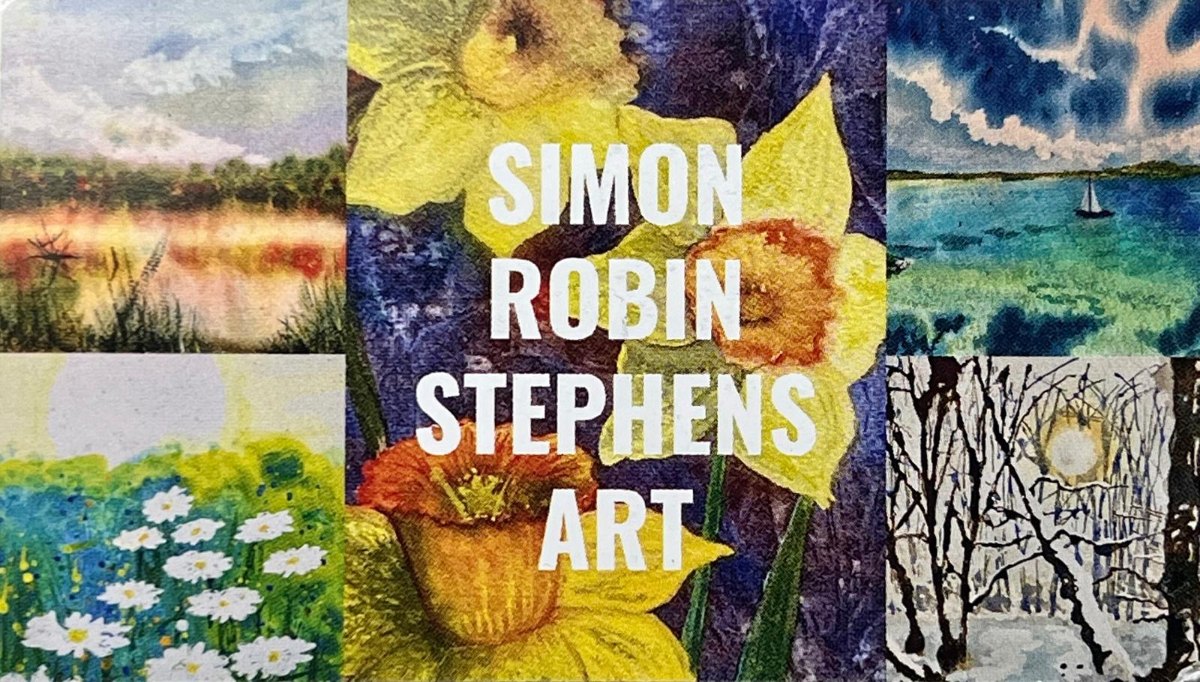Anne Boleyn Returns to Carshalton Heritage | Watercolour Art Therapy
Discover therapeutic watercolour techniques including layering and transparency. Learn calming art methods for anxiety relief and healing through watercolor painting.
Simon Robin Stephens
ADHD Artist & Watercolour Specialist
Watercolor painting is a dance between control and spontaneity, where the magic happens in the delicate balance of pigment and water. Today, I want to share some insights into one of the most fundamental yet challenging aspects of watercolor: layering and transparency.
The Foundation: Understanding Transparency
Unlike oil or acrylic paints, watercolor's beauty lies in its inherent transparency. Each brushstroke allows light to pass through the pigment, bounce off the white paper below, and return to our eyes with a luminous glow that simply cannot be replicated in opaque mediums.
This transparency means that every layer you add will interact with the layers beneath it. It's not just about placing color on top of color—it's about creating a conversation between layers, where each one influences and is influenced by its neighbors.
The Wet-on-Dry Technique
One of my favorite approaches is the wet-on-dry technique, where you apply wet paint to completely dry paper or dry paint. This method gives you the most control and creates crisp, defined edges—perfect for architectural elements or when you want to maintain sharp distinctions between colors.
When building layers with wet-on-dry, patience becomes your greatest ally. Each layer must be completely dry before applying the next, but this waiting time allows you to observe how colors settle and plan your next move thoughtfully.
Embracing Happy Accidents
Some of the most beautiful effects in watercolor happen when you least expect them. A bloom that appears when you add too much water to a drying wash, or the way colors separate and create interesting textures—these 'accidents' often become the most compelling parts of a painting.
"I've learned to prepare for these moments rather than fear them. By understanding how water moves on paper and how different pigments behave, you can create conditions where beautiful surprises are more likely to occur."
Color Temperature and Layering
When layering colors, pay close attention to temperature relationships. Warm colors tend to advance while cool colors recede. By layering a cool blue-gray over a warm underpainting, you can create incredible depth and atmospheric perspective in landscape work.
The key is to maintain color harmony while building complexity. Each layer should serve the overall composition, not compete with it.
Final Thoughts
Watercolor teaches us patience, acceptance, and the beauty of imperfection. Every painting is a learning experience, and every 'mistake' is an opportunity to discover something new about this wonderful medium.
Remember, mastery comes not from controlling every aspect of the paint, but from learning to dance with its unpredictable nature. Embrace the transparency, celebrate the layering, and let your watercolors sing with luminous beauty.
